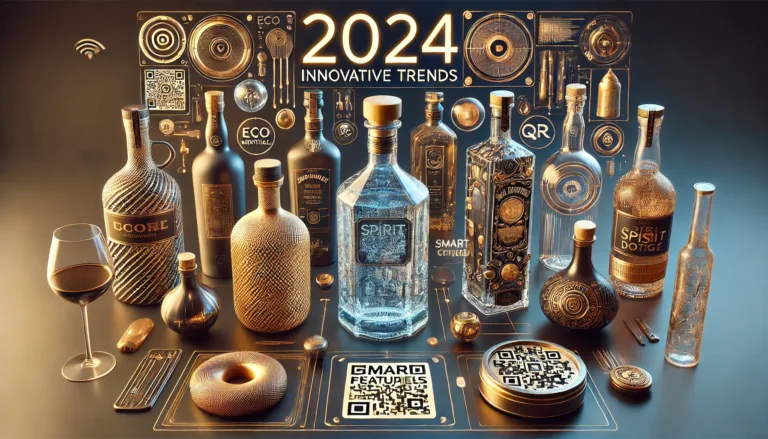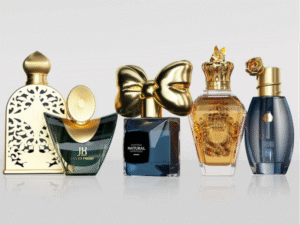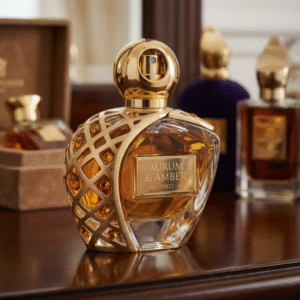The world of spirits is constantly evolving, and with it, the art and science of spirit bottle design. In an increasingly competitive market, a bottle is far more than just a container; it’s a powerful branding tool, a silent salesperson, and a key differentiator. Consumers are no longer just looking for a quality spirit; they are seeking an experience, a story, and a connection with the brand. This quest for deeper engagement is driving unprecedented innovation in spirit bottle design and packaging, pushing boundaries in aesthetics, functionality, and sustainability. This article delves into the exciting future of spirit bottles, exploring how cutting-edge design and smart packaging technologies are reshaping the industry and attracting a new generation of discerning consumers. What’s the next wave of innovation in spirit packaging? Let’s explore.

The spirits industry is witnessing a paradigm shift, with technology playing a pivotal role in transforming packaging from a static entity into an interactive and informative touchpoint. Brands are increasingly adopting advanced solutions to enhance consumer engagement, ensure product authenticity, and improve supply chain efficiency.
1. Digital Integration: QR Codes and NFC Tags
One of the most significant advancements is the integration of digital technologies directly onto the bottle. QR codes and Near Field Communication (NFC) tags are becoming commonplace, offering a gateway to a wealth of information and immersive experiences. By simply scanning a QR code or tapping an NFC-enabled smartphone on a bottle, consumers can access detailed product information, including origin stories, tasting notes, cocktail recipes, and even virtual distillery tours. This not only enriches the consumer experience but also provides brands with valuable data on consumer behavior and preferences. For instance, a 2023 report by Mordor Intelligence highlights that the smart packaging market is projected to grow at a compound annual growth rate (CAGR) of 6.7% over the next five years, underscoring the increasing adoption of these technologies.
2. Lightweighting and Sustainable Materials
Sustainability is no longer a niche concern but a core driver of innovation in spirit bottle design. The industry is actively moving towards more eco-friendly solutions, with a strong emphasis on lightweighting and the use of recycled and recyclable materials. Lightweight glass bottles reduce the carbon footprint associated with transportation and manufacturing, contributing to a more sustainable supply chain. Brands are also exploring alternative materials such as paper-based bottles, as exemplified by Diageo’s trial of a 90% paper-based bottle for Johnnie Walker. This commitment to sustainability resonates deeply with environmentally conscious consumers, influencing their purchasing decisions.
3. Premiumization and Artisanal Aesthetics
Beyond technology and sustainability, the trend towards premiumization continues to shape spirit bottle design. High-end spirits demand packaging that reflects their quality and exclusivity. This often translates into elaborate designs, the use of luxurious materials like crystal, and intricate detailing such as embossed logos and wax seals. Artisanal and craft spirits, in particular, leverage unique bottle shapes and handcrafted elements to convey authenticity and a sense of bespoke craftsmanship. These design elements not only elevate the perceived value of the product but also create a strong emotional connection with consumers who appreciate artistry and tradition.
4. Supply Chain and Anti-Counterfeiting Measures
Smart packaging also plays a crucial role in supply chain management and combating counterfeiting. NFC and RFID technologies enable brands to track products throughout the supply chain, ensuring transparency and authenticity. This is particularly vital in the premium spirits sector, where counterfeit products can significantly damage brand reputation and consumer trust. Blockchain technology is also being explored to provide a secure and immutable record of a product’s journey from distillery to consumer, offering an additional layer of verification and peace of mind.



